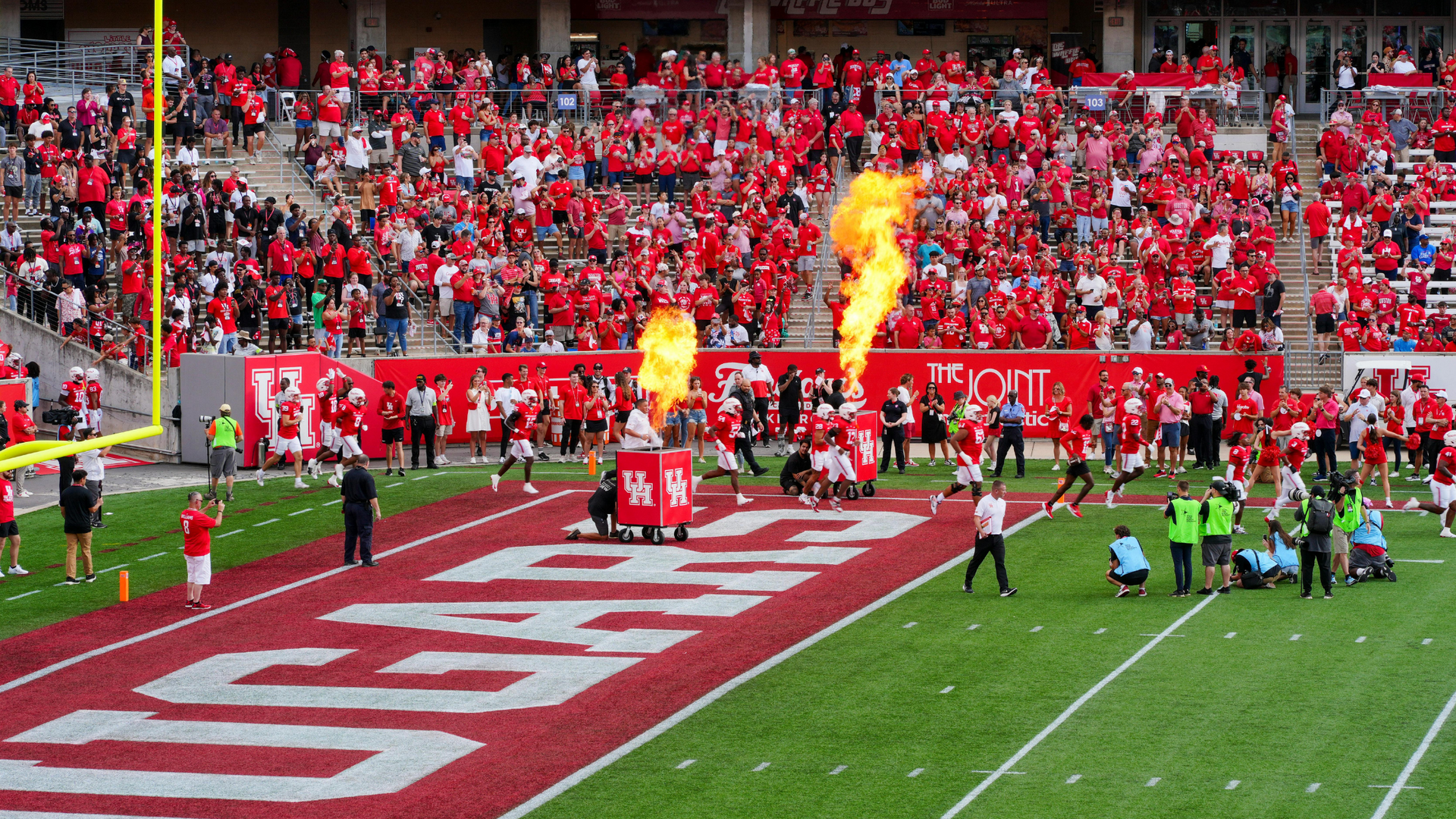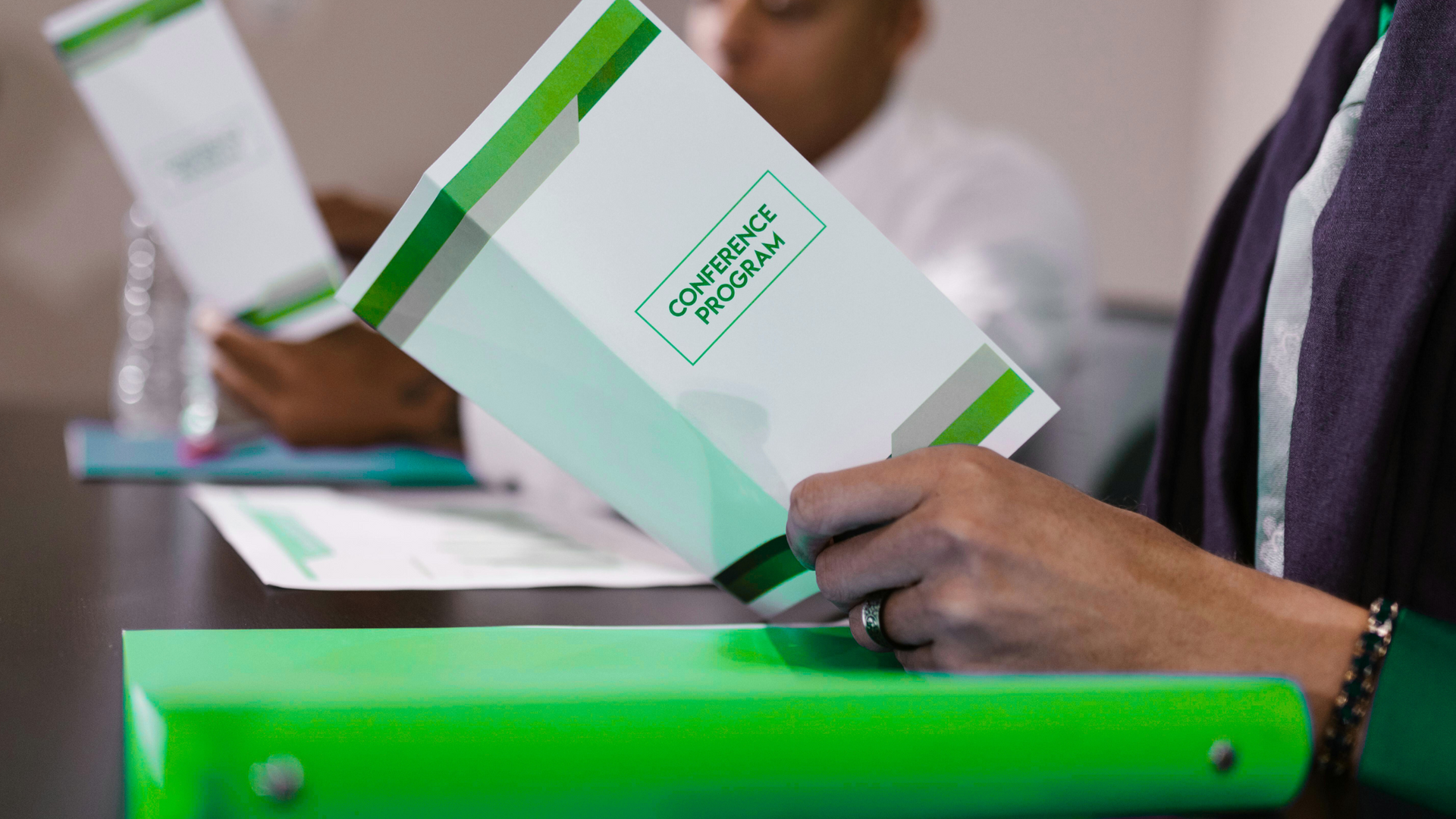How School Sports Coordinators Can Maximize Limited Budgets
School sports programs are central to fostering students’ health, teamwork, and school pride. However, tight or unpredictable funding can leave coordinators scrambling for ways to sustain athletic opportunities without compromising safety or quality. By applying strategic thinking, tapping community resources, and continuously evaluating results, it is possible to keep programs thriving on a limited budget. Here are effective strategies for achieving that balance.
Prioritizing Needs and Setting Goals
Given the breadth of possible purchases—helmets, uniforms, training equipment, facility upgrades—coordinators must distinguish genuine necessities from desirable extras. Safety-related items come first: helmets, pads, and appropriate footwear reduce the risk of serious injury and potential liability. Next on the list should be sufficient uniforms and gear for every participant, ensuring all students can represent their school with dignity.
To decide where remaining funds go, create a priority matrix ranking expenditures by both urgency and impact. For example, scoreboard enhancements may be helpful but less critical than replacing worn-out basketballs used daily. Communicating these priorities to administrators, coaches, and parents fosters transparency and helps garner support. Aim to address immediate needs, like functional balls and nets for the current season, while gradually building toward more ambitious upgrades.
Resourceful Funding Approaches
In many schools, official budgets barely cover the basics, prompting the search for alternative funding streams. Grants are a natural starting point—numerous foundations and nonprofits champion youth sports, awarding funds to programs that emphasize student well-being or community development. Thorough proposals that highlight participation rates and potential outcomes stand a better chance of securing grants.
Local businesses can also be enthusiastic sponsors if they see value in associating with school teams. They may provide monetary support or donate products in exchange for logo placement on jerseys, banners, or event programs. Meanwhile, tried-and-true fundraisers remain essential: car washes, trivia nights, or pancake breakfasts can bring in consistent revenue, especially when well-promoted. Online crowdfunding platforms extend your reach beyond the immediate neighborhood, allowing alumni or distant family members to pitch in.
Leveraging Community and Volunteer Support
Volunteers can be an immense asset when budgets are tight. Retired coaches or skilled athletes from the community may be eager to mentor students or conduct skills clinics. College interns looking for experience in sports management, athletic training, or education can also assist with day-to-day tasks, relieving pressure on full-time staff.
Encourage local businesses to contribute in ways beyond money. A printing shop might offer free posters for upcoming tournaments, a restaurant could provide discounted meals for traveling teams, or a service club might help maintain facilities. Acknowledge these partnerships publicly—whether through social media shout-outs or event signage—to show gratitude and inspire continued community involvement.
Maximizing Existing Resources
Making the most of current assets is an underrated yet powerful budget strategy. Consistent maintenance checks on uniforms and equipment can extend their lifespan, saving money that would otherwise go toward premature replacements. For instance, tackling minor tears in uniforms early or disinfecting gear thoroughly can preserve items for multiple seasons.
Resource-sharing arrangements also boost efficiency. If the volleyball team needs practice cones, see if the soccer squad can temporarily lend theirs. Some schools rotate jerseys among varsity, junior varsity, and even different sports when sizes align. Internal coaching clinics further enhance resource usage. Coaches with specialized knowledge—like strength training, defensive strategies, or leadership development—can share insights rather than bringing in external consultants at a premium cost. Free digital platforms help track inventories and finances, ensuring clarity without extra software expenses.
Creative Cost-Cutting Measures
Examining daily operations can reveal cost-saving opportunities. Coordinating practice times to reduce overlapping gym usage may cut utility bills, particularly for lighting or air conditioning. Co-hosting tournaments with neighboring schools not only fosters friendly rivalry but also distributes expenses such as referees, security, and promotional materials. In turn, both schools benefit from a larger, more exciting event.
Transportation remains a common financial strain. Some programs reduce mileage by scheduling multiple away games in a single trip or seeking carpool arrangements for non-essential matches. While safety and liability considerations remain paramount, well-managed parent-driven systems can free up funds for other necessities. Similarly, joint purchasing agreements with nearby districts can significantly lower the per-item price on uniforms, balls, or other shared necessities.
Measuring Success and Adjusting Strategies
Introducing new cost-saving measures or fundraising tactics requires constant evaluation to identify what works best. Keep track of indicators like total income from each fundraiser, changes in equipment replacement frequency, or volunteer hours contributed. Compare these outcomes to established benchmarks or previous seasons to gauge improvement.
Share these insights with administrators and key stakeholders. A breakdown of each initiative’s return on investment can help justify expanding successful strategies or discarding ones that underperform. For example, if a sponsored fun run yields far more revenue than a silent auction, it might be worth hosting the run annually while discontinuing the auction. Transparency in reporting demonstrates accountability and encourages further engagement from donors, volunteers, and local businesses.
Sustaining a Healthy Program Culture
A thriving sports program extends beyond finances; it hinges on positive relationships and shared responsibility. Ensure clear communication about program goals, expectations, and budget realities so coaches, athletes, and families understand why certain cuts or changes may be necessary. Solicit feedback through brief surveys or open forums, creating a sense of ownership across the community.
Inclusivity is also vital. If fees threaten to sideline low-income students, consider partial scholarships or payment plans. Many schools direct sponsorship and fundraising proceeds to offset program costs for at-risk youth, aligning with the broader mission of education and opportunity for all. When participants feel respected and supported, they’re more likely to stick with the program, volunteer their time, and advocate for continued improvements.
Putting these strategies into action empowers school sports coordinators to accomplish a great deal on limited resources. By prioritizing needs, pursuing external funding, optimizing existing assets, collaborating with the community, and evaluating progress, it’s possible to sustain competitive, enriching athletic programs—even under significant budget constraints. Ultimately, smart budgeting and strong relationships ensure students gain the benefits of athletics—improved health, discipline, and camaraderie—no matter how tight the finances may be.
Below is a simple,
hypothetical budgeting table that school sports coordinators might use when planning for a season. It helps prioritize expenses, estimate costs, and identify potential funding sources.
| Expense Category | Priority Level | Estimated Cost | Potential Funding Source | Comments |
|---|---|---|---|---|
| Helmets and Protective Gear & Helmets | 1 (Critical) | $2,000 | District Budget or Safety Grants | Essential for player safety; replaced every 2–3 years. |
| Uniforms (Varsity & JV) | 2 (Essential) | $1,500 | Sponsorships, Booster Clubs | Must ensure consistent branding and adequate sizing. |
| Basketball Replacements | 2 (Essential) | $300 | Fundraising Event (e.g., Car Wash) | High turnover item; typically replaced each season. |
| Travel Costs (League Games) | 3 (Important) | $1,200 | District Budget, Partial Fundraiser | Bus fees; consider ride-sharing or doubleheaders to save. |
| Skills Clinic / Coaching Aid | 4 (Value-Add) | $500 | Local Business Sponsorship | Outside trainers or camps for performance enhancement. |
How to Use This Table
- Priority Level: Rank items by urgency (e.g., 1 = critical, 2 = essential, etc.).
- Estimated Cost: Include the best available figures for each line item.
- Potential Funding Source: Identify if the cost should be covered by the district, a grant, or a fundraiser.
- Comments: Note unique considerations, replacement timelines, or possible cost-saving measures.
This example demonstrates how you can organize expenses in a clear, concise way. By listing needs in order of importance and including potential funding sources, you can better communicate your program’s financial requirements to stakeholders and track how each expense is being covered.
Bringing Creativity to School Sports with Omaha Balloon
Managing a school sports budget requires creativity, strategic thinking, and community support—just like organizing an engaging and memorable athletic event. Whether you’re hosting a fundraiser, celebrating a championship win, or planning a school spirit rally, Omaha Balloon can help elevate your event with dynamic balloon décor. From custom team-colored arches to larger-than-life sculptures, their designs bring energy and excitement to any sports-related gathering. By combining smart budgeting with creative event planning, school coordinators can build a strong, well-funded program that keeps students, parents, and the community engaged all season long. Explore Omaha Balloon’s services today to take your next school sports event to new heights!
FAQ
How do you make a budget for a sports team?
Creating a sports team budget involves identifying all necessary expenses—such as uniforms, equipment, travel, and facility fees—then categorizing them by priority (critical, essential, or optional). Once costs are estimated, funding sources (school district allocations, fundraising, sponsorships, or grants) should be mapped out to ensure all essential expenses are covered while minimizing unnecessary spending.
How do schools get funding for sports?
Schools typically receive sports funding through a combination of district budgets, athletic fees, fundraising events, booster clubs, sponsorships from local businesses, and grants from organizations that support youth sports. Many schools also rely on community donations, alumni contributions, and event ticket sales to supplement their athletic programs.
How do you manage a team budget?
Effectively managing a team budget requires tracking income and expenses regularly, prioritizing critical needs like safety gear and transportation, and seeking cost-saving measures such as shared resources, volunteer support, and bulk purchasing. Coordinators should also monitor spending against planned budgets, adjust based on financial realities, and communicate transparently with stakeholders like coaches, parents, and administrators.










